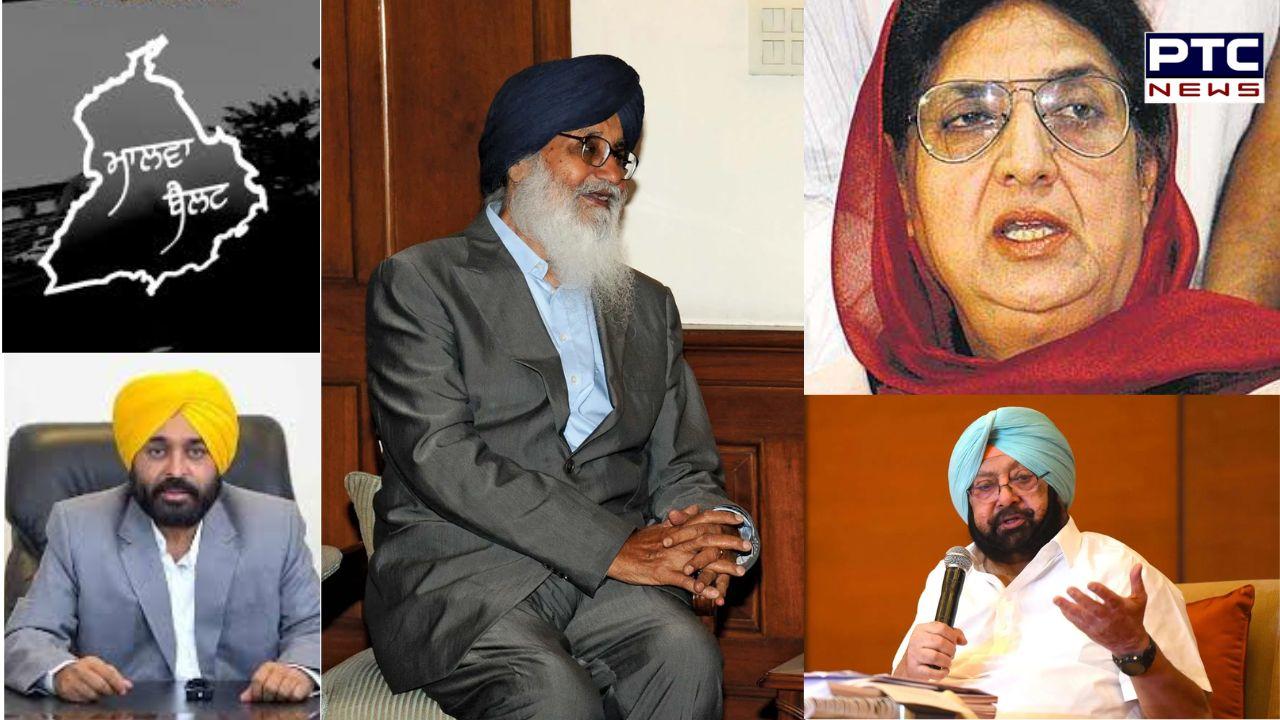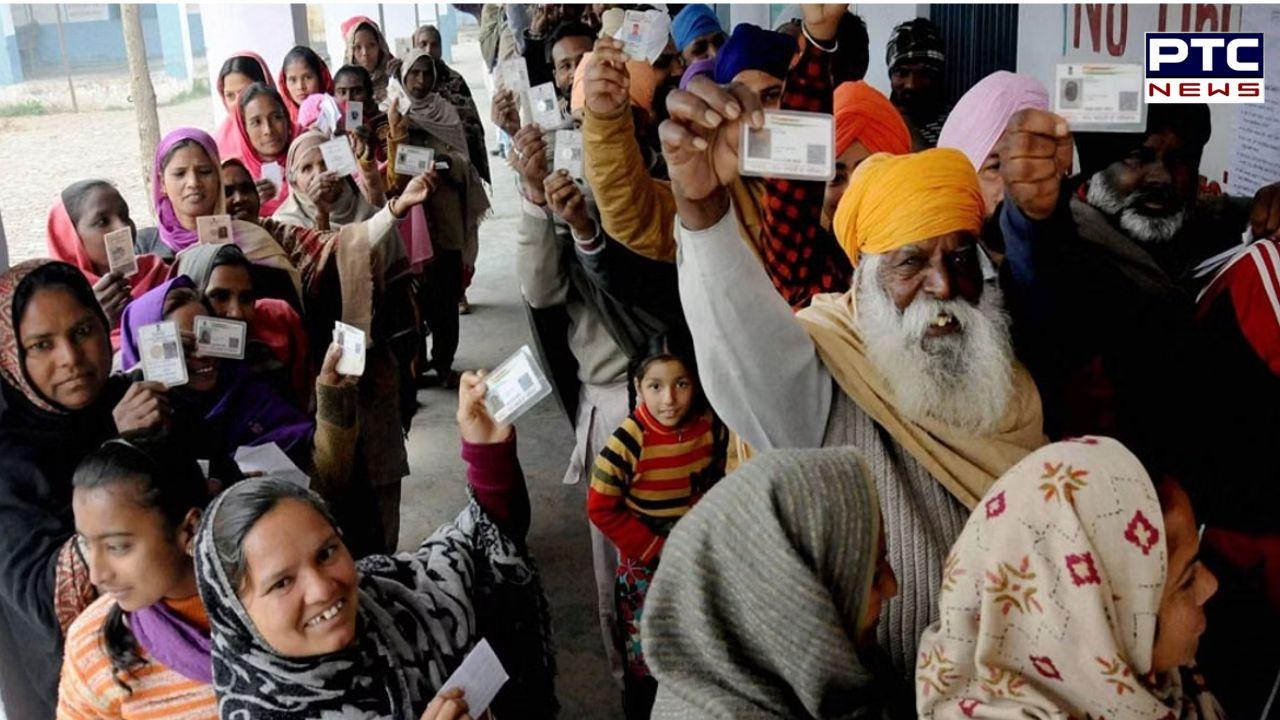

Lok Sabha elections 2024: Why Punjab's Malwa belt holds immense significance in state's political landscape?
Lok Sabha Elections 2024: The Malwa belt in Punjab stands as a formidable force, both politically and historically. This region, situated beyond the Sutlej, holds immense significance in the state's political landscape, often becoming the pivot upon which the fate of Punjab's governance sways. Understanding the pivotal role of the Malwa belt requires a deep dive into its electoral dynamics, historical context, and socio-political impact.
The Malwa region encompasses a substantial portion of Punjab's parliamentary and Assembly constituencies. In the Lok Sabha elections 2019, the Congress clinched eight parliamentary seats from Punjab, solidifying its presence in the Malwa belt. This included critical constituencies such as Ludhiana, Patiala, Fatehgarh Sahib, Faridkot, among others. The ability to secure victories in this region has historically provided a launching pad for parties aspiring to form the state government. With 69 out of the total 117 Assembly seats located in the Malwa belt, its electoral dominance is undeniable.
Moreover, the Malwa belt has nurtured stalwart political leaders who have left an indelible mark on Punjab's political landscape. Figures such as Parkash Singh Badal, Captain Amarinder Singh, Rajinder Kaur Bhattal and Bhagwant Mann, who ascended to the role of Chief Minister, all hail from this influential region. This lineage of leadership underscores the belt's deep-rooted influence on Punjab's governance.
Farmers' agitation and political mobilisation
The Malwa belt wasn't merely a backdrop in the farmers' agitation of 2020-21 against the contentious farm laws; it was the epicentre of the movement. Farmers from this region led the charge, galvanising nationwide support and bringing the agrarian crisis to the forefront of national discourse. The resonance of their protests reverberated far beyond the agricultural fields, significantly impacting Punjab's political landscape.

The 2022 Assembly elections
In the 2022 Assembly elections in Punjab, the Aam Aadmi Party (AAP) emerged as a dominant force in the Malwa belt, securing a staggering 66 out of 69 seats. This landslide victory marked a significant shift in Punjab's political paradigm, as AAP, with its anti-incumbency stance and promises of change, resonated strongly with voters.
Beyond its electoral significance, the Malwa belt is a tapestry of diverse socio-political threads. It houses various communities, each with its distinct identity and aspirations. Understanding the pulse of these communities is crucial for any political party aiming to secure a foothold in the region. Additionally, the Malwa belt's role as a hotbed for activism, whether in the farmers' protests or other social movements, underscores its vibrant socio-political fabric.
In conclusion, the Malwa belt's importance in Punjab's political narrative cannot be overstated. It serves as a crucible where electoral battles are fought and political destinies are shaped. Its historical legacy, electoral dominance, and socio-political dynamism make it a focal point for parties vying for power.
Majha and Doaba
A ‘Panthic’ belt, Majha is famous for the Golden Temple in Amritsar. On the other hand, Doaba boosts of has a sizeable population of the SC community (32%) of Punjab's population — the highest in the country.
- With inputs from our correspondent
